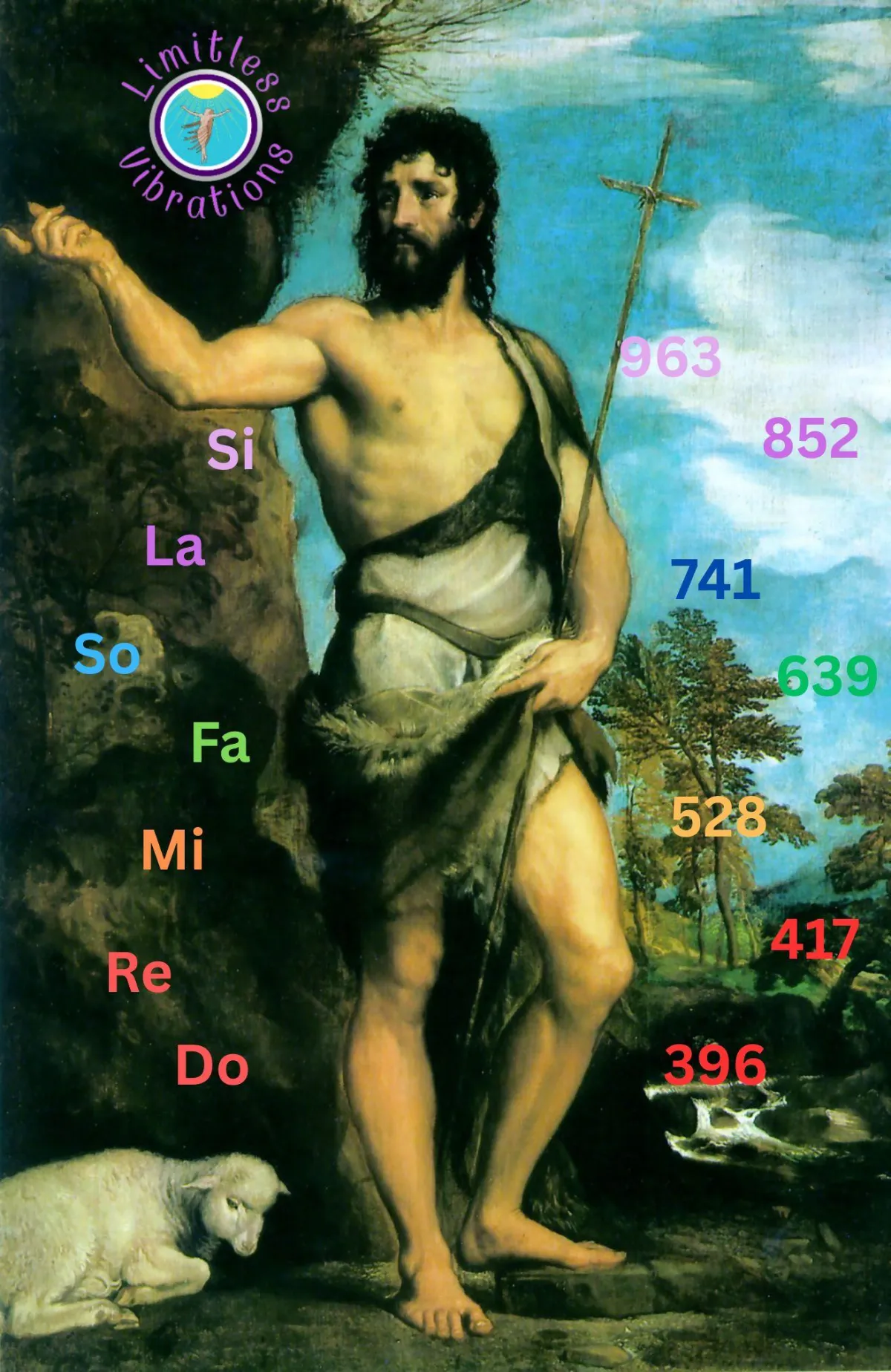
How Do Re Mi Came To Be
“Ut Queant Laxis” - The Hymn
That Tuned the Soul and Shaped Music
In the quiet folds of Gregorian chant lies a hymn so foundational, it not only birthed the solfège scale (Do-Re-Mi…) but also carried whispers of spiritual transformation. “Ut Queant Laxis,” the medieval Latin hymn to St. John the Baptist, is more than a liturgical melody—it’s a coded invocation of clarity, resonance, and enlightenment.
🌟 Origins: A Hymn for Healing and Harmony
Composed in the 8th century and attributed to Paulus Diaconus, a Benedictine monk, “Ut Queant Laxis” was written in honor of St. John the Baptist. Legend has it that Paulus had lost his voice and composed the hymn as a prayer for its restoration—mirroring the biblical story of Zechariah, whose voice was returned at John’s birth.
The hymn’s opening stanza reads:
Ut queant laxis resonare fibris / Mira gestorum famuli tuorum / Solve polluti labii reatum / Sancte Ioannes
Translation:
"So that your servants may, with loosened voices, resound the wonders of your deeds, cleanse the guilt from our stained lips, O Saint John."
This plea for vocal liberation is both literal and symbolic—a call to release the inner voice, the soul’s resonance.

🎼 The Birth of Solfège: Music Meets Mnemonic Magic
Enter Guido of Arezzo, the 11th-century monk and music theorist who revolutionized musical notation. He noticed that the first syllable of each line in the hymn ascended stepwise in pitch:
Ut (Do)
Re
Mi
Fa
Sol
La
These syllables became the basis of the hexachord, the six-note scale that evolved into modern solfège. Guido used this melodic structure as a mnemonic device to teach singers pitch relationships—an elegant fusion of sound, memory, and sacred text.
The final line, “Sancte Ioannes,” doesn’t fit the pattern but serves as a spiritual anchor. Later, the syllable “Si” (from “Sancte Ioannes”) was added to complete the seven-note scale, and “Ut” was eventually replaced by “Do” for ease of pronunciation.
🔮 Enlightenment Through Frequency and Form
Beyond pedagogy, “Ut Queant Laxis” carries esoteric weight. Some interpretations suggest the hymn encodes solfeggio frequencies—specific tones believed to aid healing and consciousness expansion. Whether or not this was intentional, the hymn’s structure undeniably promotes vibrational alignment.
Ut/Do – Awakening
Re – Resonance
Mi – Clarity
Fa – Transformation
Sol – Connection
La – Expression
Si – Illumination
In this light, the hymn becomes a sonic ladder—a spiritual ascent from earthly limitation to divine articulation. It’s no coincidence that St. John the Baptist, the voice crying in the wilderness, is the patron of vocal purity and inner truth.
✨ Why It Still Matters
For creatives, healers, and seekers, “Ut Queant Laxis” offers a blueprint: how to tune the body, mind, and spirit to higher frequencies. It’s a reminder that music isn’t just entertainment—it’s enlightenment encoded in vibration.
Whether you’re chanting, composing, or simply listening, this ancient hymn invites you to resound your truth, clear your voice, and rise—note by note—toward your highest self.
🔥 Ready to experience the benefits first hand? 🔥
Book a session with Limitless Vibrations today and discover the power of sound healing and frequency enhancement! 📅 Schedule your appointment now! → https://limitlessvibrations.com/book Stay connected and Follow us on Instagram!
#NitricOxide #HealthyLiving #LimitlessVibrations #WellnessForAll #SoundHealing #TuningForkTherapy
